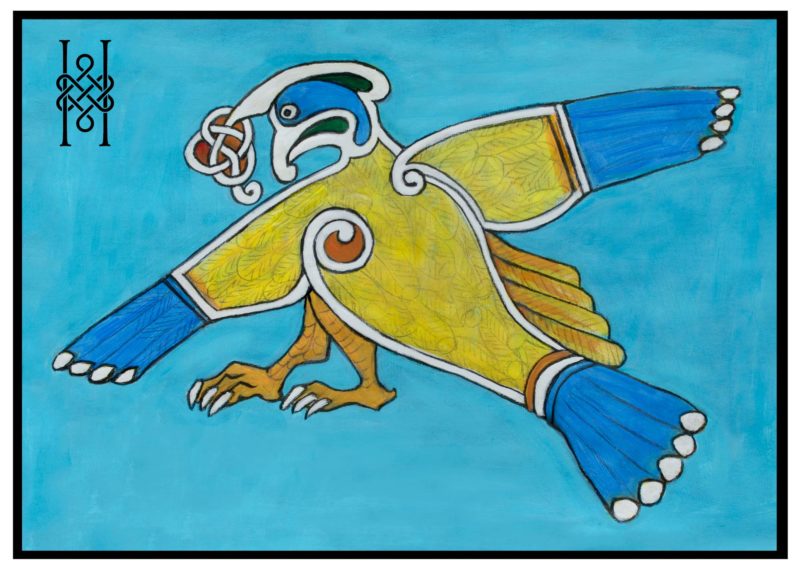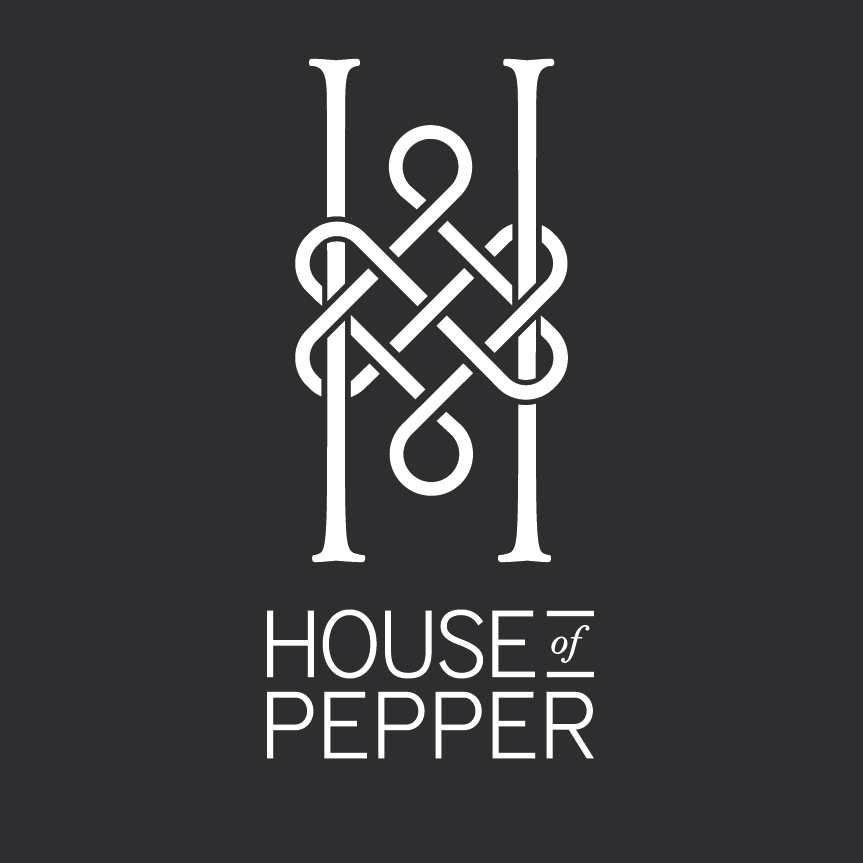Tricks and Devices in Drawing
The Book of Kells lets us in on many artist tricks and devices. The monks have flattened this image of the eagle as a symbol of St John into big shapes and kept the body parts semi-realistic.
Is the bird moving to the left or flying upwards? The diagonals form a cross but the legs and top notch create a vertical. The underlying skeleton of a drawing is a powerful tool. The conflict in directional pull makes the bird stationary. It is an amazing drawing that manages to maintain a balanced composition.
This eagle was shown in the Celtic Book of Kells as a symbol for the Apostle St. John and is like a drawing from the Book of Armagh. In a clever design arrangement, the eagle’s feet walk along the top of some letters of a word in this folio page of the Book. (Folio 21.2V)
Skeleton Framework
Gestalt is a sub conscious compostion tool that artists use to keep the eye of the viewer locked into the picture frame. It is a device used to add expression and movement to the two-dimensional drawing. Knowingly or unknowingly, it is an interesting device based on the psychology of visual perception and is controlled by the reading from left to right on the page (in the West). For now, I will outline the flow in this picture.
Spirals and scrolls have directional flow. The wing on the right side is pushed outward by the small scroll and continuing line to the right, ascending. The left wing because it is lower points downward and descends. The tail feathers go down to the bottom left corner. The feet move to the left and to the past. The knotwork topnotch drops down by the force we know subconsciously as gravity. All of this keeps the bird grounded.
The amazing flattening and profile view in the design shows every part of the bird by position and placement. Still proportionally correct but not true to perspective. Not unlike the accomplishment of Egyptian art with the face profile and front in the same drawing. The delightful bird topknot in a knot formation flops over the head. The use of white as an outline adds a flat graphic art quality. Pencil lines describe feathers. Expression comes from the eyes (stunned and staring) and the curve of the beak, although simple, never cease to amaze me. I am not sure whether it is funny or deadly serious- it is playful and certainly not neutral.
I have rendered the Eagle as true to the original representation as possible in my painted drawing to demonstrate.
